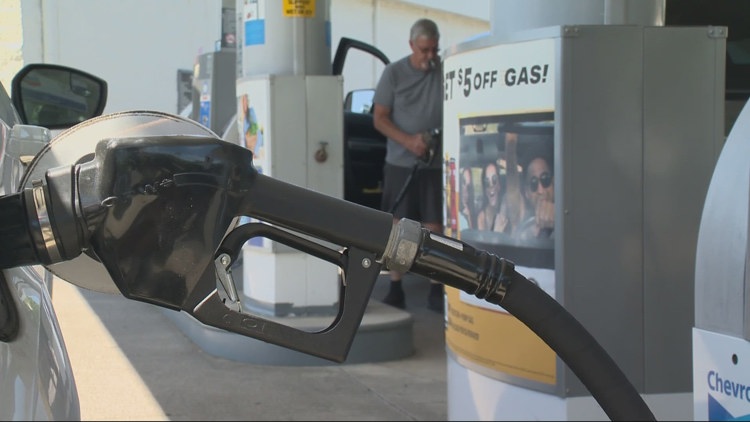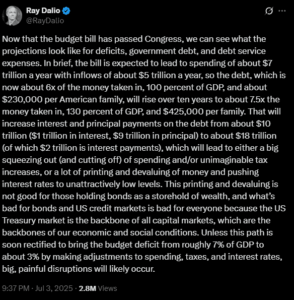
Washington state drivers are facing higher costs at the pump as a new 6-cent per gallon tax takes effect, starting July 1. This increase keeps the state’s gas prices among the highest in the nation, prompting both concern and adaptation among residents.
The tax hike is part of a broader initiative to fund infrastructure improvements and environmental projects. For many Washingtonians, this means adjusting their travel plans and budgeting to accommodate the rising fuel costs. The state’s decision reflects ongoing efforts to balance economic needs with environmental responsibilities.
Impact on Drivers and Local Economy
The immediate impact on drivers is palpable, with many expressing frustration over the additional financial burden. Washington’s gas prices were already above the national average, and the new tax exacerbates the situation. According to AAA, the average price per gallon in Washington is now over $4.50, compared to the national average of approximately $3.70.
Local businesses, particularly those reliant on transportation, are also feeling the pressure. Logistics companies and delivery services may need to adjust their pricing structures, potentially passing costs onto consumers.
Background and Rationale
The increase is part of a legislative package passed last year aimed at generating revenue for state infrastructure projects. The funds are earmarked for road maintenance, bridge repairs, and public transit enhancements. Additionally, a portion of the revenue is dedicated to environmental initiatives, such as reducing carbon emissions and promoting sustainable energy sources.
State officials argue that these projects are essential for maintaining Washington’s infrastructure and environmental health. “Investing in our infrastructure is critical for our economy and our environment,” said State Transportation Secretary Roger Millar. “This tax is a necessary step to ensure that we can meet future challenges.”
Expert Opinions and Historical Context
Experts in transportation economics note that while the tax increase may be unpopular, it is not unprecedented. Historically, states have periodically raised gas taxes to fund necessary infrastructure improvements. For instance, California and New York have similarly high gas taxes, which have been used to support extensive public transit networks and road systems.
Dr. Emily Johnson, a professor of environmental economics at the University of Washington, explains, “While no one likes to pay more at the pump, these taxes are often the most efficient way to fund large-scale public projects. They also serve as a tool to encourage reduced fossil fuel consumption.”
“Washington’s gas tax is a strategic move to address both infrastructure needs and environmental goals. It’s a balancing act that many states are trying to manage.” – Dr. Emily Johnson
Looking Ahead: Adjustments and Alternatives
As Washingtonians adjust to the new tax, some are exploring alternatives to traditional gasoline-powered vehicles. The state has seen a rise in electric vehicle (EV) registrations, supported by incentives and an expanding network of charging stations. This shift aligns with Washington’s long-term environmental goals and could mitigate some of the financial impacts of rising gas prices.
Meanwhile, state officials continue to monitor the situation, considering further measures to support residents and businesses. Discussions around additional subsidies for low-income families and small businesses are ongoing, aiming to alleviate the economic strain caused by the tax increase.
The new gas tax represents a significant shift in Washington’s approach to funding infrastructure and environmental projects. While the immediate effects are challenging for many, the long-term benefits could reshape the state’s economic and environmental landscape. As residents adapt, the focus remains on balancing immediate needs with future sustainability.






